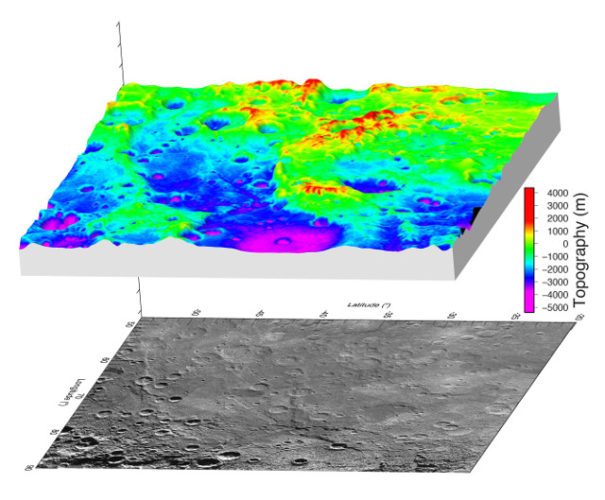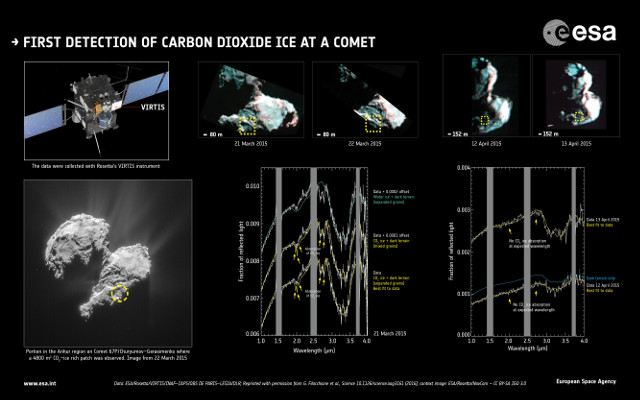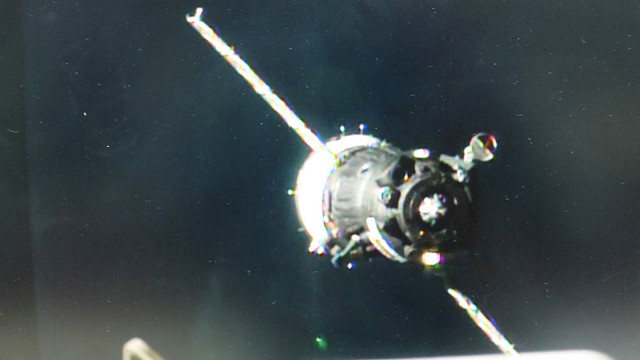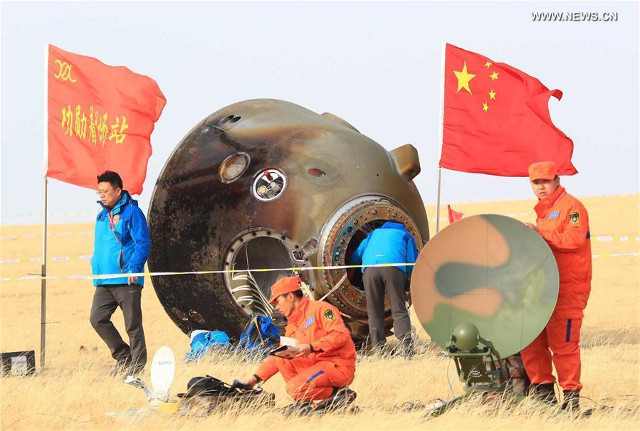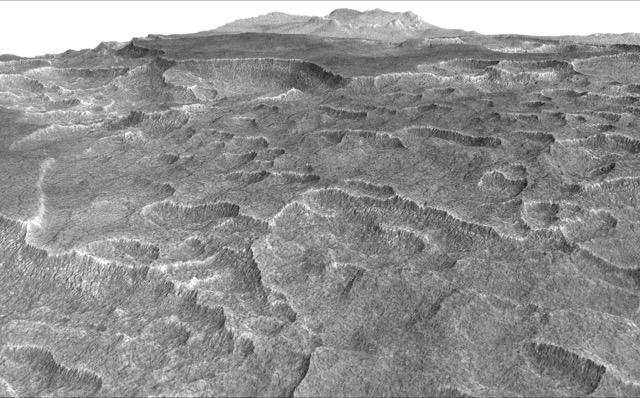
A huge deposit of water found in Utopia Planitia on Mars
An article published in the journal “Geophysical Research Letters” describes the discovery of a kind of subterranean lake in Utopia Planitia on Mars. A team of researchers led by Cassie Stuurman of the Institute for Geophysics at the University of Texas, Austin, used the data gathered by the SHARAD instrument on the Mars Reconnaissance Orbiter (MRO) space probe to examine the subsoil of this basin located in the red planet’s northern hemisphere.


